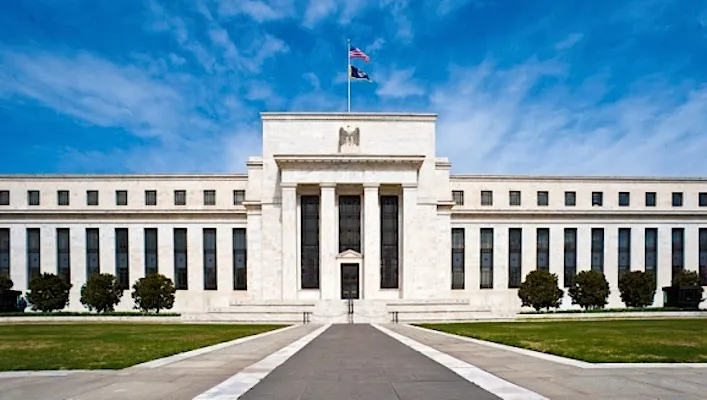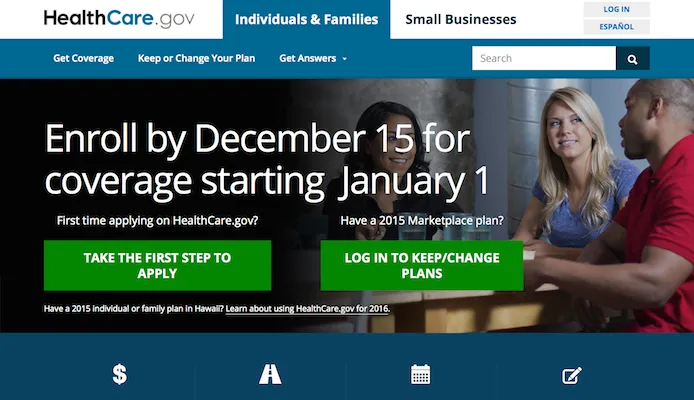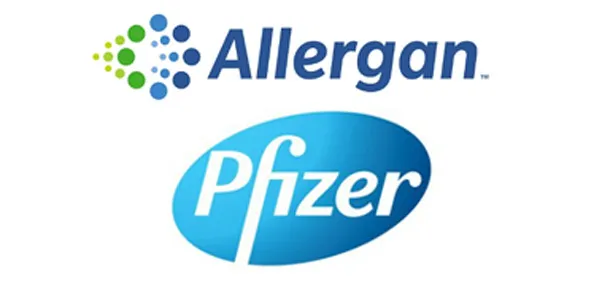WASHINGTON — Federal Reserve policy makers have just two more chances to raise short-term interest rates this year after taking a pass earlier this month and holding rates at their historically low levels for at least a while longer.
The rate-setting Federal Open Market Committee (FOMC) slashed interest rates to zero in December 2008 to help lift the economy and housing market out of the Great Recession. The economy is better now: The committee’s median growth forecast for 2015 has climbed from 1.9% to 2.1%, and unemployment has fallen faster than expected, to 5.1% in August from 10% in 2009. But with the inflation outlook weakening, the Fed is in no rush to raise rates.
In explaining the FOMC’s decision, Janet Yellen, Fed chairwoman, highlighted concerns about China and other emerging economies that have produced volatility in financial markets.
“While we still expect that the downward pressure on inflation from these factors will fade over time, recent global economic and financial developments are likely to put further downward pressure on inflation in the near term,” Yellen remarked.
A rate increase is possible at the policy-setting committee’s October 27 to October 28 gathering, Yellen noted, or at its December meeting. Many analysts expressed skepticism that such a move would come this year, however, even if Yellen thinks the global uncertainty is transitory. Commodity prices continue to fall, and the relative strength of the U.S. economy means the dollar has strengthened, depressing the price of imports. Inflation is also being held in check by the lack of meaningful wage gains.
Yellen, who succeeded Ben Bernanke as Fed chief early last year, has consistently emphasized that her priority is maximizing employment growth in a manner consistent with an inflation target of 2%.
This follows from a conventional model of the economy that says a tight job market leads to inflation as companies bid up wages and then raise prices to offset the cost. So consistent has been Yellen’s emphasis on the labor market that some analysts predicted August’s jobs numbers all but guaranteed a rate hike in September.
But with the global weakness factored in, inflation does not return to the Fed’s 2% target until the end of 2018, according to FMOC’s median forecast.
The Fed’s preferred measure of inflation has run below its 2% objective for more than three years, and Yellen reiterated this month that the Fed doesn’t want to start raising rates until officials are more confident inflation will rise toward that target.
Fed officials have become a bit less optimistic about the economy’s long-run growth potential. They projected the economy will grow at a rate between 1.8% and 2.2% per year in the long run, down from their June estimate of growth of 2% to 2.3%. A more sluggish economy has less ability to bear higher costs of borrowing money.
Easy-money advocates have noted that the labor market remains far from healthy, as evidenced by slow growth in wages.
New data released this month from the Census Bureau showed that many U.S. households have still not regained the purchasing power they had before the recession. Median household income was 6.5% lower last year than in 2007, the bureau reported. About 10% of households had incomes less than $12,280 last year. About 10% of households had incomes above $157,480, and 5% had incomes above $206,570.
Median household income fell by about $800 last year to $53,657, the bureau noted in its annual report on income, poverty and health insurance coverage. The poverty rate was 14.8%, or about 46.7 million people. The bureau classifies a family of four as poor if its income last year was $24,230 or less. For one person, the threshold was $12,070.









